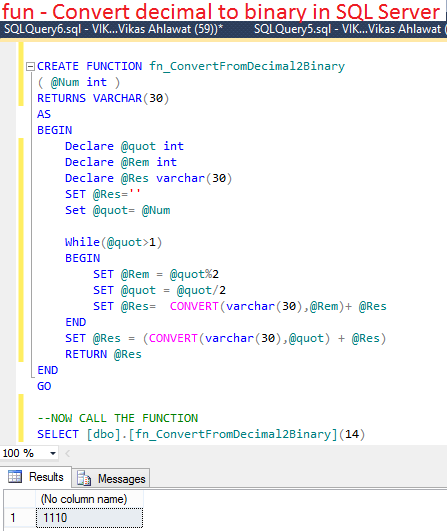
With open("test.txt", "wb") as binary_file:īinary_file.write("Write text by encoding\n".encode('utf8')) # Pass "wb" to write a new file, or "ab" to append Print(binary_stream.read()) Writing Bytes to a File Print(type(mutable_buffer)) # class 'memoryview'

Mutable_buffer = binary_stream.getbuffer() # Modifying this object updates the underlying BytesIO buffer # use getbuffer() to get an object you can modify. # To modify the actual contents of the existing buffer # The stream_data is type 'bytes', immutable # Move cursor back to the beginning of the buffer # must be encoded to binary using ascii, utf-8, or other.īinary_stream.write("Hello, world!\n".encode('ascii'))īinary_stream.write("Hello, world!\n".encode('utf-8'))

# Binary data and strings are different types, so a str It is a general buffer of bytes that you can work with. The io.BytesIO inherits from io.BufferedReader class comes with functions like read(), write(), peek(), getvalue(). Like push, pop, insert, append, delete, and sort. With a bytearray you can do everything you can with other mutables To create a mutable object you need to use the bytearray type. Of a single byte by using an index like an array, but the values can not be modified. The bytes type in Python is immutable and stores a sequence Watch this promo video about the course Working with Binary Data in Python 3 and visit the course on Udemy.Ĭourse on Udemy: Working with Binary Data in Python 3 Video: Bytes and Bytearray tutorial for Python 3 The Bytes Type I also have a course on this topic available on Udemy with videos for each section.

is_jpeg.py - Does the file have a JPEG binary signature?.Video: Bytes and Bytearray tutorial for Python 3.


 0 kommentar(er)
0 kommentar(er)
